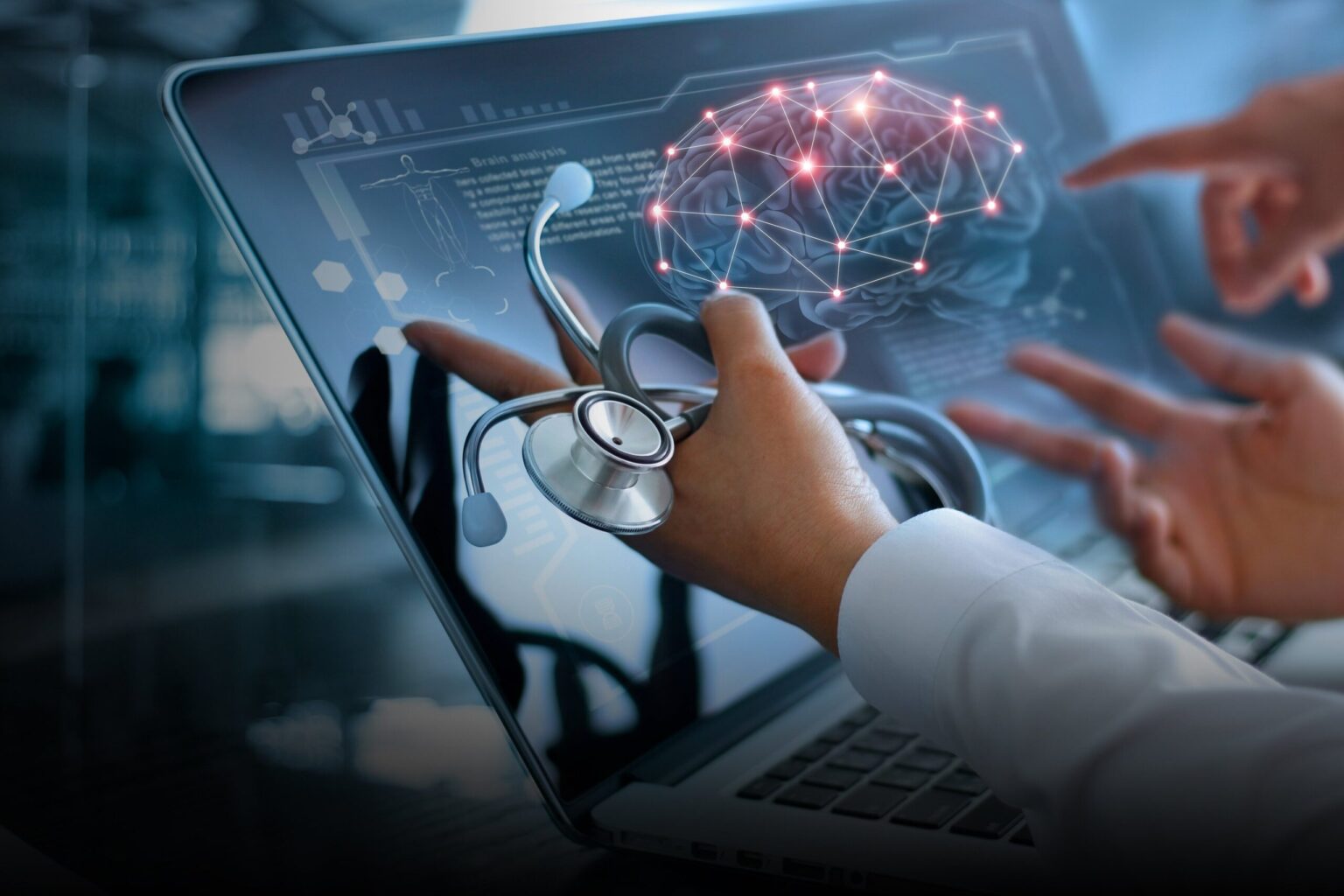In the rapidly evolving landscape of healthcare technology, data interoperability stands out as a cornerstone for delivering efficient and patient-centered care. At the forefront of this transformation is FHIR (Fast Healthcare Interoperability Resources), a standard designed to streamline and enhance healthcare data exchange. Created by Health Level Seven International (HL7), FHIR is an advanced framework designed to facilitate seamless exchange, integration, sharing, and retrieval of electronic health information. FHIR has become a cornerstone for health IT systems worldwide, including the Ayushman Bharat Digital Mission (ABDM) in India.
What is FHIR?
FHIR is a standard for electronic data exchange in healthcare. It simplifies the process of sharing healthcare information by using modern web-based technologies such as RESTful APIs, JSON, and XML. FHIR is built with flexibility and scalability, allowing it to work across various healthcare applications, from electronic health records (EHR) systems to mobile health apps.
FHIR organizes healthcare data into modular building blocks called “resources.” These resources represent specific healthcare concepts, such as patient details, medications, observations, and diagnostic reports. These resources are modular and standardized, enabling developers to build interoperable solutions quickly.
Why FHIR Matters in Healthcare
The healthcare industry has long struggled with fragmented systems and incompatible data formats. Patients visiting multiple providers often experience delays due to the lack of streamlined data-sharing processes. FHIR addresses these issues by:
- Standardization: FHIR offers a universal standard that bridges gaps between disparate healthcare systems.
- Scalability: Its modular design makes it adaptable to various environments, from large hospitals to small clinics.
- Real-Time Data Sharing: FHIR enables instant access to critical patient information, enhancing decision-making.
- Patient-Centric Approach: It supports patient access to their health data, fostering transparency and engagement.
- Interoperability: Refers to the seamless communication between software systems from different vendors, significantly enhanced when both systems adopt and adhere to the FHIR standard.
How Does FHIR Work?
FHIR uses a resource-based architecture to handle healthcare data. These resources are like building blocks, each representing specific healthcare elements. For example:
- Patient Resource: Contains demographic and administrative information about a patient.
- Condition Resource: Details a specific health issue affecting the patient.
- Observation Resource: Captures clinical observations, such as vital signs or lab results.
FHIR’s resources are accessed through APIs, which allow systems to request, create, or update data in real time. For instance, when a patient visits a clinic, the doctor can instantly retrieve their medical history from another provider’s system using FHIR-based integration.
Benefits of FHIR
1. Enhanced Interoperability: FHIR ensures that different systems can communicate seamlessly, reducing errors and redundancies.
2. Cost-Efficiency: Its use of web technologies minimizes the cost of developing and maintaining healthcare applications.
3. Empowering Patients: By giving patients control over their data, FHIR promotes a collaborative approach to healthcare.
4. Global Adoption: FHIR is being embraced worldwide, ensuring compatibility across borders.
Use Cases of FHIR in Healthcare
FHIR is transforming healthcare in various ways:
- Electronic Health Record Integration: It enables EHR systems to exchange data efficiently, improving care coordination.
- Mobile Health Applications: FHIR supports the development of apps that allow patients to access and manage their health information.
- Telemedicine: By facilitating real-time data sharing, FHIR enhances remote consultations.
- Research and Analytics: FHIR aids in aggregating anonymized de-identified patient data for research and public health analytics.
Challenges in Implementing FHIR
Despite its advantages, adopting FHIR comes with challenges:
- Legacy Systems: Many healthcare providers still use outdated systems that may not support FHIR.
- Data Privacy: Ensuring compliance with data protection regulations like GDPR or HIPAA is critical.
- Implementation Costs: While FHIR is cost-effective in the long term, initial setup can be expensive.
FHIR in the Ayushman Bharat Digital Mission (ABDM)
India’s ABDM aims to create a digital health ecosystem that ensures continuity of care, efficiency, and accessibility. FHIR plays a critical role in this initiative by providing the technological foundation for data exchange. Through FHIR-based APIs, healthcare providers, labs, pharmacies, and insurers can seamlessly share patient information, improving collaboration and care outcomes.
For instance, FHIR enables:
- Health Information Exchange (HIE): Connecting clinics, hospitals, and labs for real-time data sharing.
- Unified Health IDs: Linking patient records across multiple facilities under a single identifier.
- E-Prescriptions and Reports: Ensuring secure, digital transmission of prescriptions and diagnostic results.
FHIR and the Future of Healthcare
As healthcare moves toward a value-based model, FHIR is becoming indispensable. It supports innovations like telemedicine, wearable device integration, and artificial intelligence (AI) applications. Additionally, FHIR empowers patients by giving them control over their health data, aligning with global trends in personalized medicine.
Conclusion
FHIR represents a transformative leap in how healthcare data is managed and shared. Its flexibility, ease of use, and alignment with modern healthcare needs make it an essential standard for organizations aiming to stay ahead in the digital era. Through ABDM, FHIR is driving India’s healthcare transformation, fostering greater efficiency and collaboration across the ecosystem.
Ready to explore the full potential of FHIR? HODO is here to guide you. Learn more about our innovative Hospital Management Software, HealzApp, and Lab Management Software LabzApp, and discover how we can help you succeed in the ABDM ecosystem!

